eye
Latest
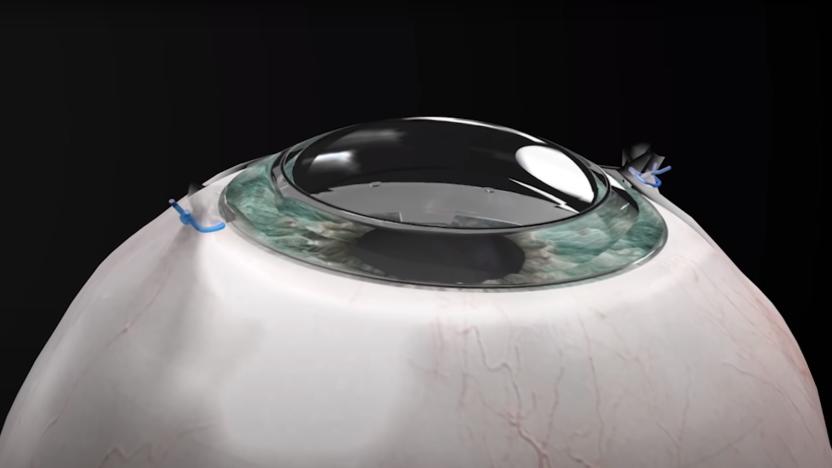
Synthetic cornea helped a legally blind man regain his sight
A legally blind 78-year old man has regained his sight after being the inaugural patient to receive a promising new type of corneal implant.
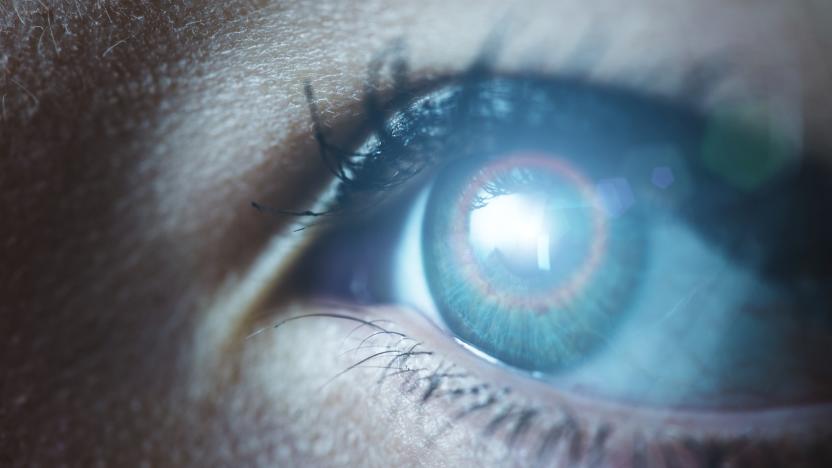
Scientists create a cyborg eye that mimics the real thing
Scientists have created a biomimetic artificial eye that could one day be powered by sunlight.
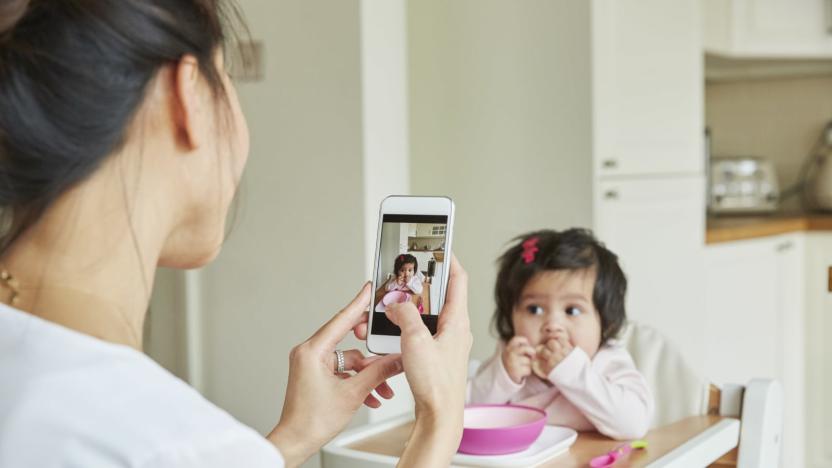
Phone app detects eye disease in kids through photos
It might soon be possible to catch eye diseases using just the phone in your pocket. Researchers have developed a CRADLE app (Computer Assisted Detector of Leukoria) for Android and iOS that uses machine learning to look for early signs of "white eye" reflections in photos, hinting at possible retinoblastoma, cataracts and other conditions. It works regardless of device, and is frequently prescient -- to the point where it can beat doctors.

Apple's new iOS 13 feature corrects your gaze during video calls
A video call is a great way to connect with friends and family when you can't physically be together. But even if you're staring directly at your loved one's face, there's still something a little off about the whole process. The way your phone's screen display and camera lens sync up means you're never quite able to look your conversational partner squarely in the eye. Until now, that is. Apple is allegedly working on a new feature that subtly adjusts your gaze during video calls, so it appears as if you're looking into the camera when you're actually looking at the screen.
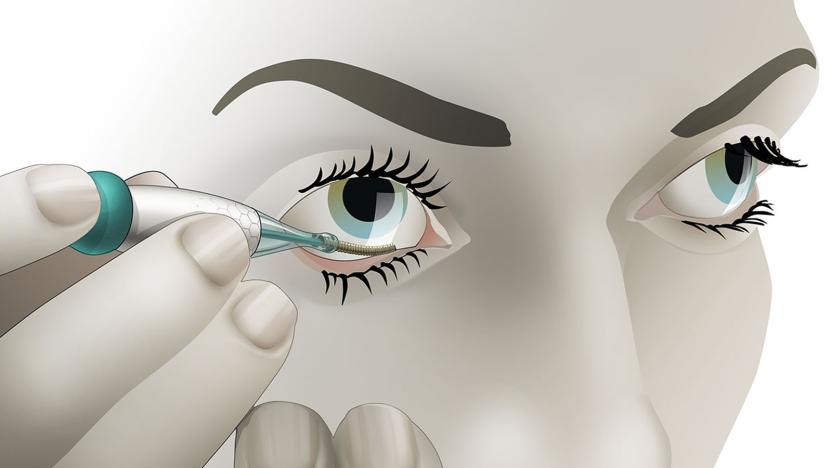
Eyelid glucose sensor might pick up where Verily left off
Just because Alphabet's Verily shelved its glucose-monitoring contact lens doesn't mean you're stuck without an unintrusive way to manage diabetes. IEEE Spectrum has discovered a recent study that shows promise for Dutch startup Noviosense's own wearable glucose monitor, which measures tears by sitting in your lower eyelid. The spring-like coil was accurate enough that 95 percent of its data was either as good as blood or close enough to be acceptable. For contrast, previous studies suggested that tears might only have a 70 percent correlation at best.
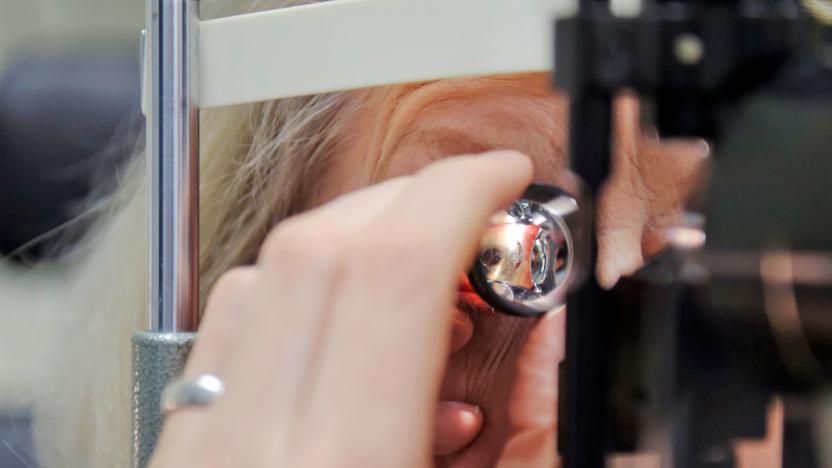
Magnetic eye implants could save the eyesight of glaucoma patients
Glaucoma patients can use implants to treat the condition by draining the eye, but the existing technology rarely lasts more than a few years thanks to the accumulation of microorganisms that wreck the functionality. A Purdue-led team might have a clever technological solution, though: magnetism. The group has developed a smart implant that cleans itself with microactuators that vibrate whenever you induce a magnetic field. It would not only be far more reliable, but could be customizable as well.
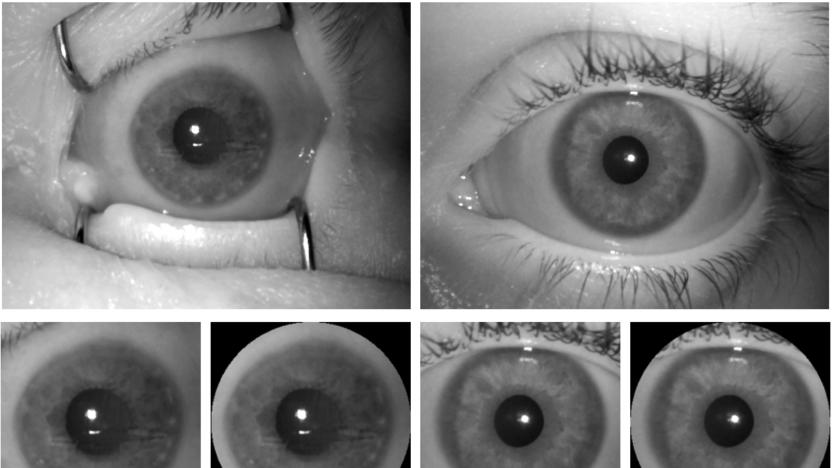
Iris scanner AI can tell the difference between the living and the dead
It's possible to use a dead person's fingerprints to unlock a device, but could you get away with exploiting the dead using an iris scanner? Not if a team of Polish researchers have their way. They've developed a machine learning algorithm that can distinguish between the irises of dead and living people with 99 percent accuracy. The scientists trained their AI on a database of iris scans from various times after death (yes, that data exists) as well as samples of hundreds of living irises, and then pitted the system against eyes that hadn't been included in the training process.
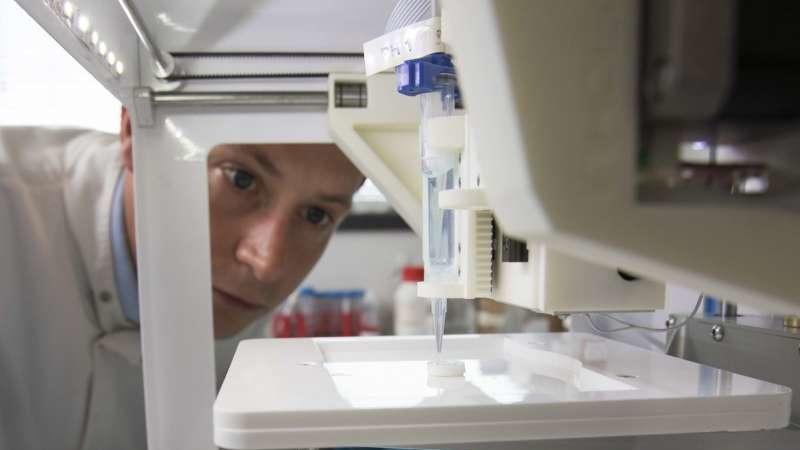
Scientists create the first 3D-printed human corneas
Newcastle University researchers have devised a groundbreaking experimental technique that could help millions on the corneal transplant waiting list. By using a simple 3D bio-printer, Professor of Tissue Engineering Che Connon and his team of scientists were able to combine healthy corneal stem cells with collagen and alginate (a type of sugar sometimes used in tissue regeneration) to create 'bio-ink' -- a printable solution that enabled them to reproduce the shape of a human cornea in just 10 minutes.

Scientists create ultra-thin membrane that turns eyes into lasers
It will still be a while before scientists are able to harness Superman-like laser vision, but the technology is now closer than ever before thanks to a new development from the University of St Andrews. The team there have created an ultra-thin membrane laser using organic semiconductors, which is for the first time compatible with the requirements for safe operation in the human eye. Even though the membrane is super thin and flexible, it's durable, and will retain its optical properties even after several months spent attached to another object, such as a bank note or, more excitingly, a contact lens.
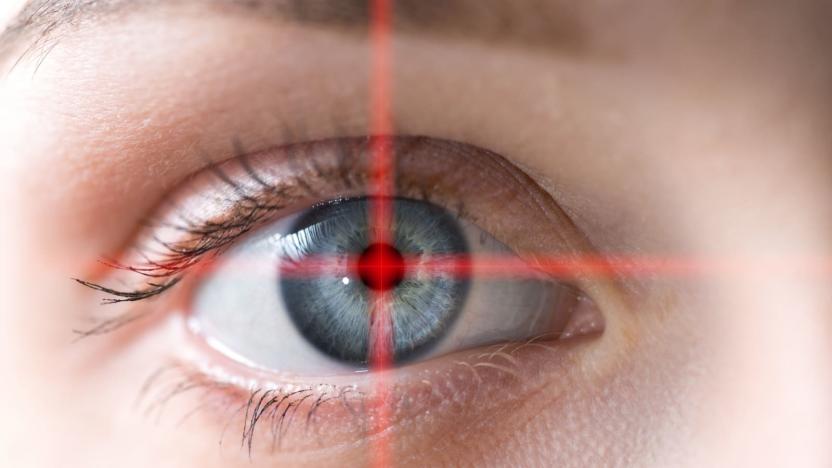
Google AI can scan your eyes to predict heart disease
Alphabet's health science company Verily has announced a wide range of projects, from developing smartwatches made for medical studies to mass-producing infected mosquitoes to curb their population. Scientists from the division now have a new endeavor: Assessing heart disease risk by staring into patients' eyes.

This is why you don't look directly at a solar eclipse
Remember all that talk about eclipse glasses ahead of the full solar eclipse in August? Remember NASA repeatedly letting everyone know how important those glasses were for eye safety? Do you remember how many times you heard someone say to not under any circumstances look directly at the sun during the eclipse? Well despite all of those persistent warnings, some people still did just that and a new paper published today in JAMA Ophthalmology shows that just six seconds of unprotected viewing can cause permanent damage.
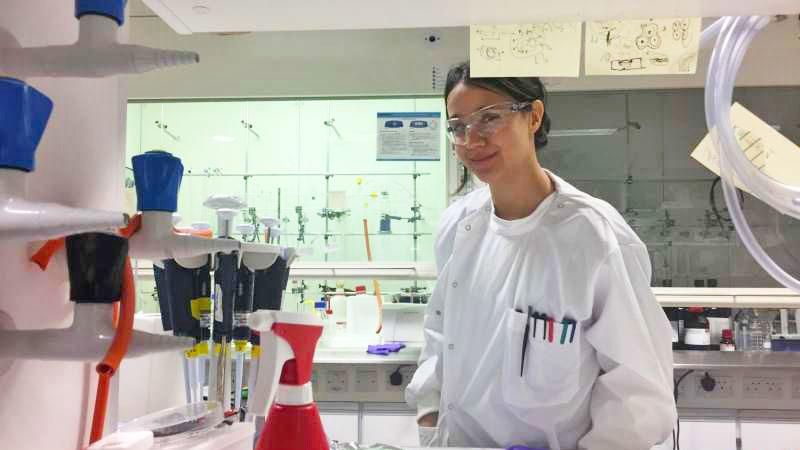
Soft, synthetic retinas may offer a better implant solution
Scientists have been trying to replace retinas in otherwise healthy eyes to help people suffering from diseases like retinitis pigmentosa. Unfortunately, earlier efforts were only able to use rigid, hard materials, which are very different from the natural retina. A researcher at Oxford University, however, has created a synthetic retina made of biological materials to better match natural human tissues. The study, titled "Light-Patterned Current Generation in a Droplet Bilayer Array" was published this April in Scientific Reports.

Man receives someone else's reprogrammed stem cells
The concept of using stem cells for transplants just became a truly practical reality: a Japanese man with age-related macular degeneration has received the first transplant of stem cells from another human donor. Doctors repurposed the donor's skin cells by turning them into induced pluripotent stem cells (that is, forced into a state where they can become many kinds of cells) that then became retinal cells. If all goes according to plan with the multi-step procedure, these fresh cells will halt the degeneration and preserve the patient's remaining eyesight.
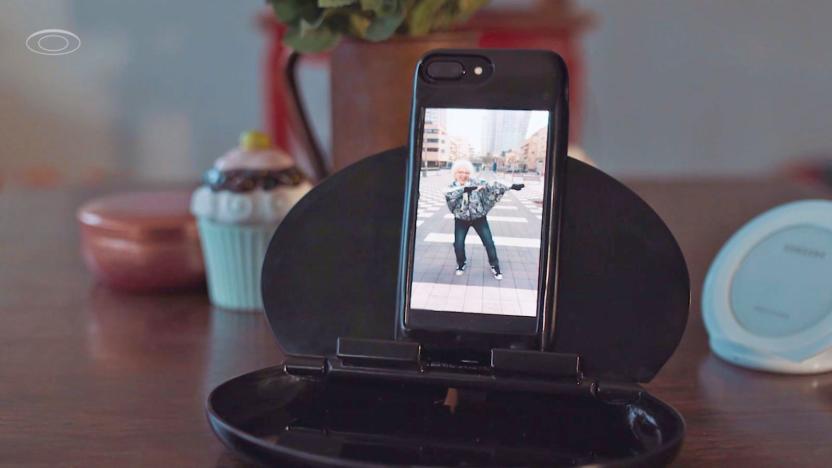
This iPhone case is basically an Android phone
iPhones have a reputation for being user friendly, but ultimately, Android can do a lot of things iOS can't. Aspects of Android could be useful to all phone users, but straying from the Apple ecosystem can be intimidating. Now, there's a new way for iPhone users to easily access Android features like expandable storage and multiple SIM cards. Entrepreneur Joseph Savion and his company ESTI Inc. decided to (almost literally) strap an Android phone to the back of an iPhone. That sounds like a strange idea, but that's basically what ESTI's Eye phone case does.

Retinal implant could add years to your eyesight
Scientists have been struggling to fight retinal degeneration in an elegant way. The most practical solution so far involves external devices that send wires to the back of your eyes. There might be a much more graceful approach before long, however. Researchers have developed an implant whose light-sensitive material could at least partially restore retinas and preserve your eyesight. Their invention combines a biocompatible substance (in this case, silk) with a conductive polymer and an organic semiconductor to send electricity to nerve cells whenever the implant is subjected to typical environmental light. Previous attempts at photovoltaic devices like this have required either exceptionally bright light or unusual light wavelengths to work, so this would be far more practical in the real world.
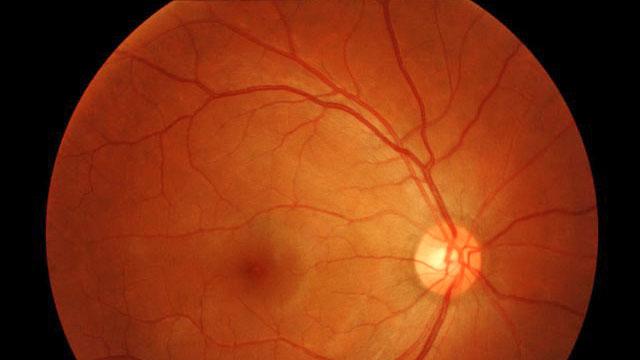
Google DeepMind will detect eye diseases with AI
Google's DeepMind division is teaming up with another part of the UK's National Health Service (NHS) to see if it can improve patient care. The artificial intelligence company, acquired by Google in 2014, will use machine learning to analyze one million anonymised eye scans supplied by the Moorfields Eye Hospital. In addition, it'll be crunching anonymous information related to patient diagnosis, age and treatment. The hope is that such an approach can be used to examine scans with greater efficiency, or with a higher degree of accuracy, than traditional methods, thereby leading to earlier detection and intervention of eye diseases.

Blind woman may see thanks to gene therapy and light
Optogenetics, or mixing gene therapy with light treatments, is finally getting a proper field test: doctors have given a blind Texas woman the first optogenetics-based therapy in hopes of restoring some of the vision lost to a degenerative retina disease. The procedure injected her eye with viruses containing DNA from light-sensitive algae, letting them mimic the eye's rods and cones by generating electricity whenever they're subjected to light. The patient won't get full vision even if the therapy is a runaway success, but it could be enough to let her know when there's nearby activity.
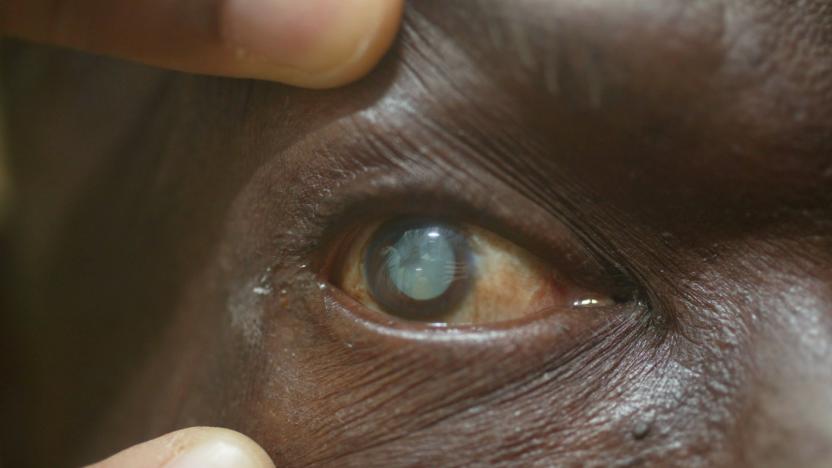
New research hints at stem cell treatments for cataracts
A pair of unrelated studies into the efficacy of stem cell-based treatments for correcting cataracts had the scientific community abuzz on Tuesday. The studies are "amazing, almost like science fiction" Mark Daniell, head of corneal research at the Centre for Eye Research Australia in Melbourne, told Nature News. "The potential of this technique is mind-boggling."

The Big Picture: NASA images typhoon eye in stunning detail
NASA's CloudSat has imaged the eye of a category 4 typhoon, a feat the space agency likened to a "golfer hitting a hole in one." Its cloud-penetrating radar has a field of view of just .5 square miles, making it a challenge to zone in on such a tiny, fast-moving target. The pass produced an accurate cross-section of the eye, as shown in the lower part of the image above. Researchers from Colorado State University also combined the data with Japan's MTSTAT infrared satellite to create a full 3D cross-section (below). CloudSat provides valuable wind data to forecasters, and is also helping scientists build more accurate climate models to better predict the effects of global warming.

Infrared implant brings practical sight to the blind
You can already get a retinal implant to restore some sight when you're blind, but the quality is usually too poor to be useful for more than avoiding collisions. A better solution is close at hand, however: Pixium Vision has successfully tested an implant that should go beyond basic vision. The tiny chip sits just behind the retina and uses infrared light to both stimulate images in your brain and power the whole device. Tests in rats generate vision equivalent to 20/250. That's still far from flawless, but it'd be superior to the 20/500 you can get now -- good enough that you could read the largest letter on an eye doctor's chart. The eventual system for humans, which will use goggles to send images, should manage 20/120 and put wearers above the US' legal standard for blindness. Trial runs start in 2016, so you may not have to wait much longer if you're eager to give the implant a try.









